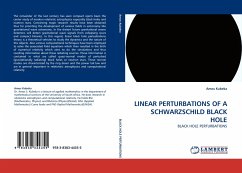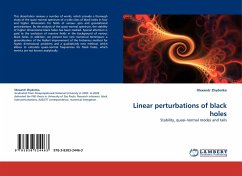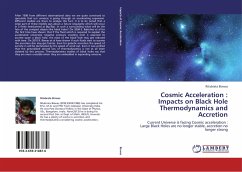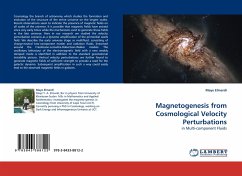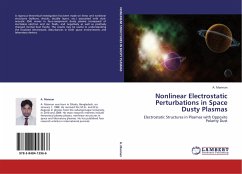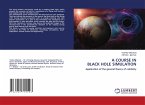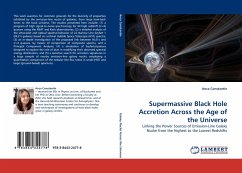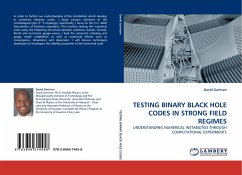The remainder of the last century has seen compact ojects been the center study of modern relativitic astrophysics expecially black holes and nuetron stars. Convinsing major research results have been obtained thus far promting the development of various fields in astronomy like gravitational wave astronomy. In the distant future gravitational waves detectors will detect gravitational wave signals from collapsing sours and compact binaries. In this regard, linear black hole pertuebations theory is a theoretical vehicles to study the dynamics and the nature of this objects. Also various computational techniques have been employed to solve the associated Field equations which then resulted in the birth of numerical relativity which aims to do the simulations and thus reveiling information about these radiating sources. These information is contained in what are called quasi-normal modes of perturbed (gravitationally radiating) black holes or neutron stars. These normal modes are characterized by the ring down and the power tail law and are in general important in relativistic astrophysics and computational relativity.
Bitte wählen Sie Ihr Anliegen aus.
Rechnungen
Retourenschein anfordern
Bestellstatus
Storno

